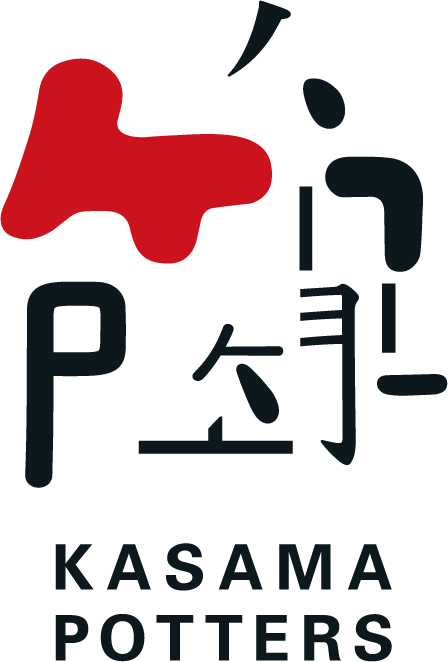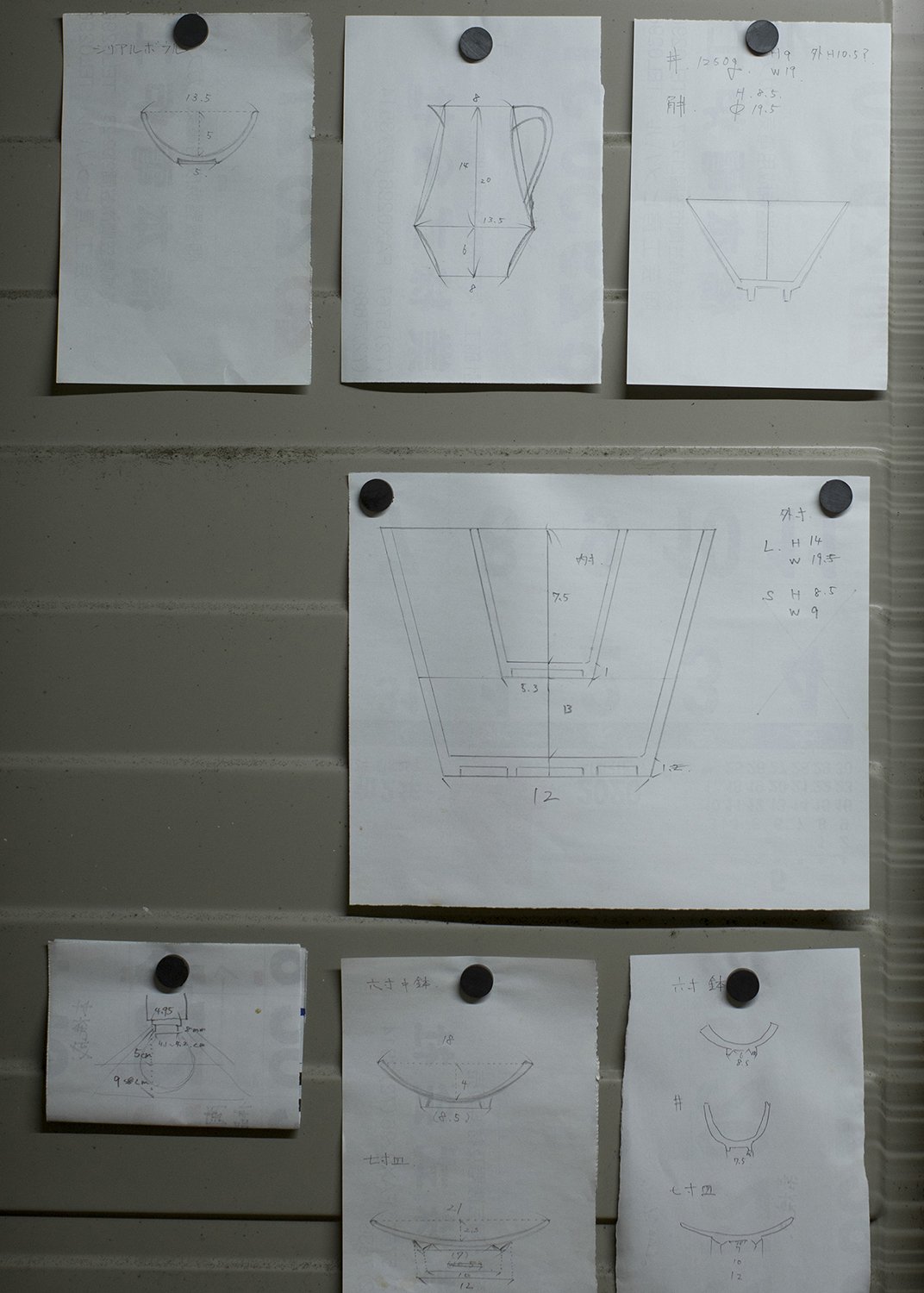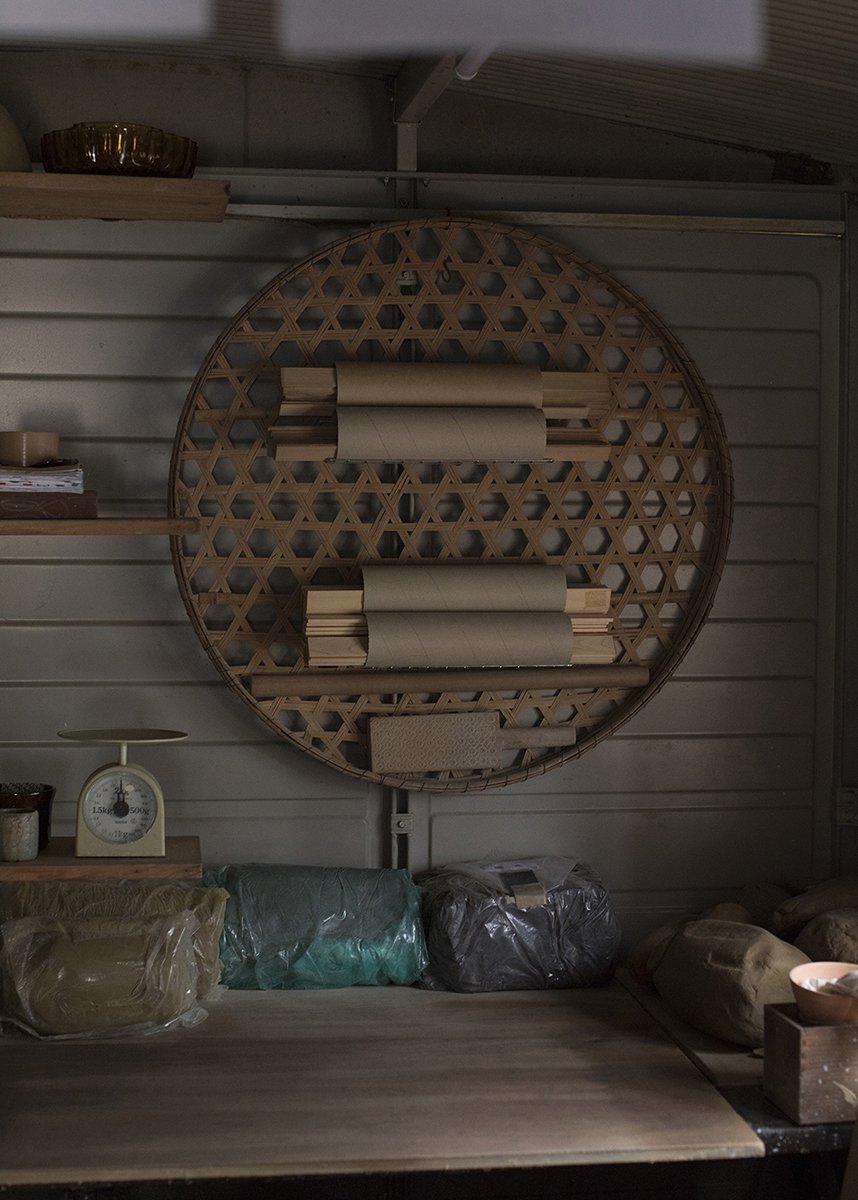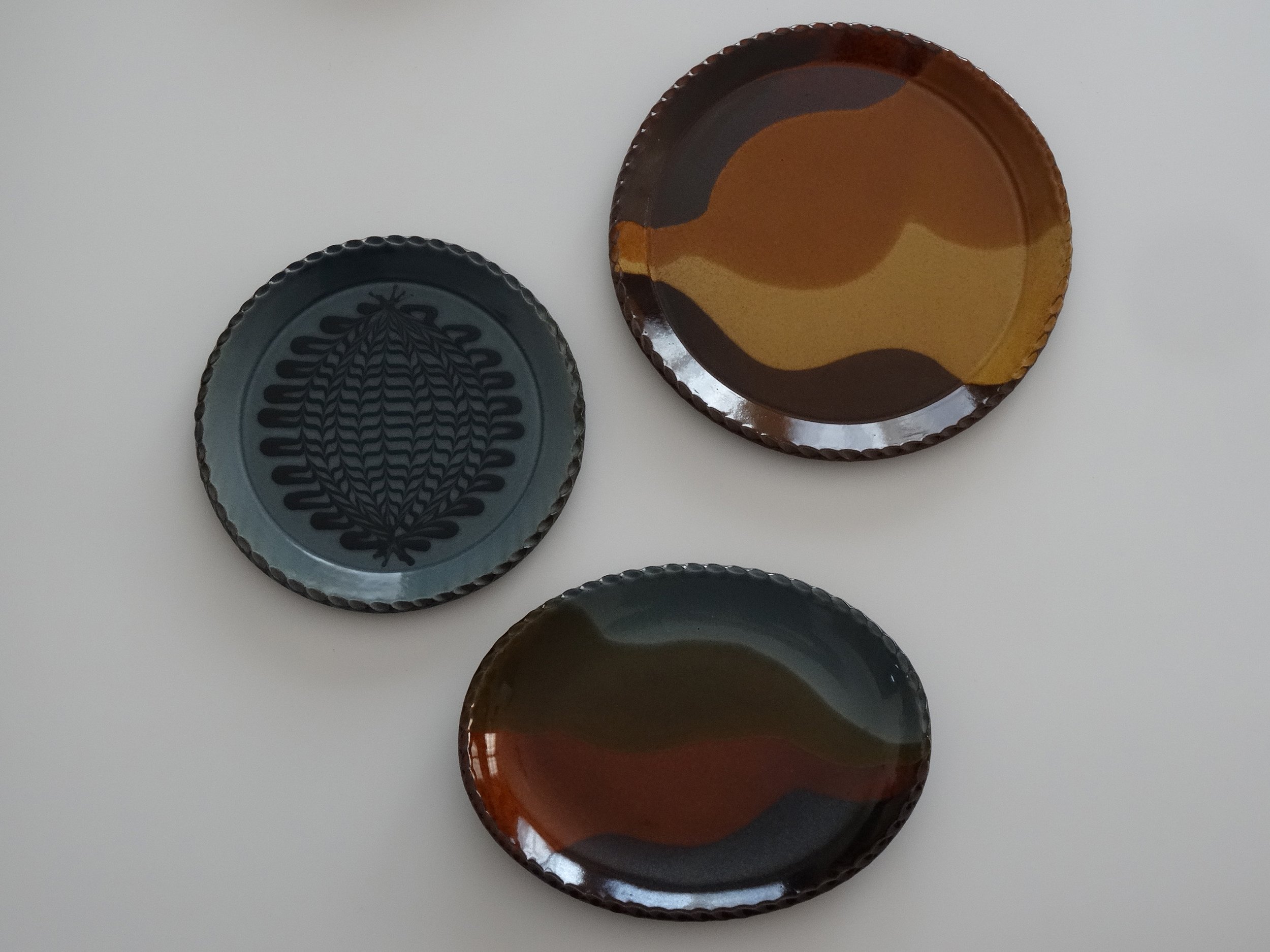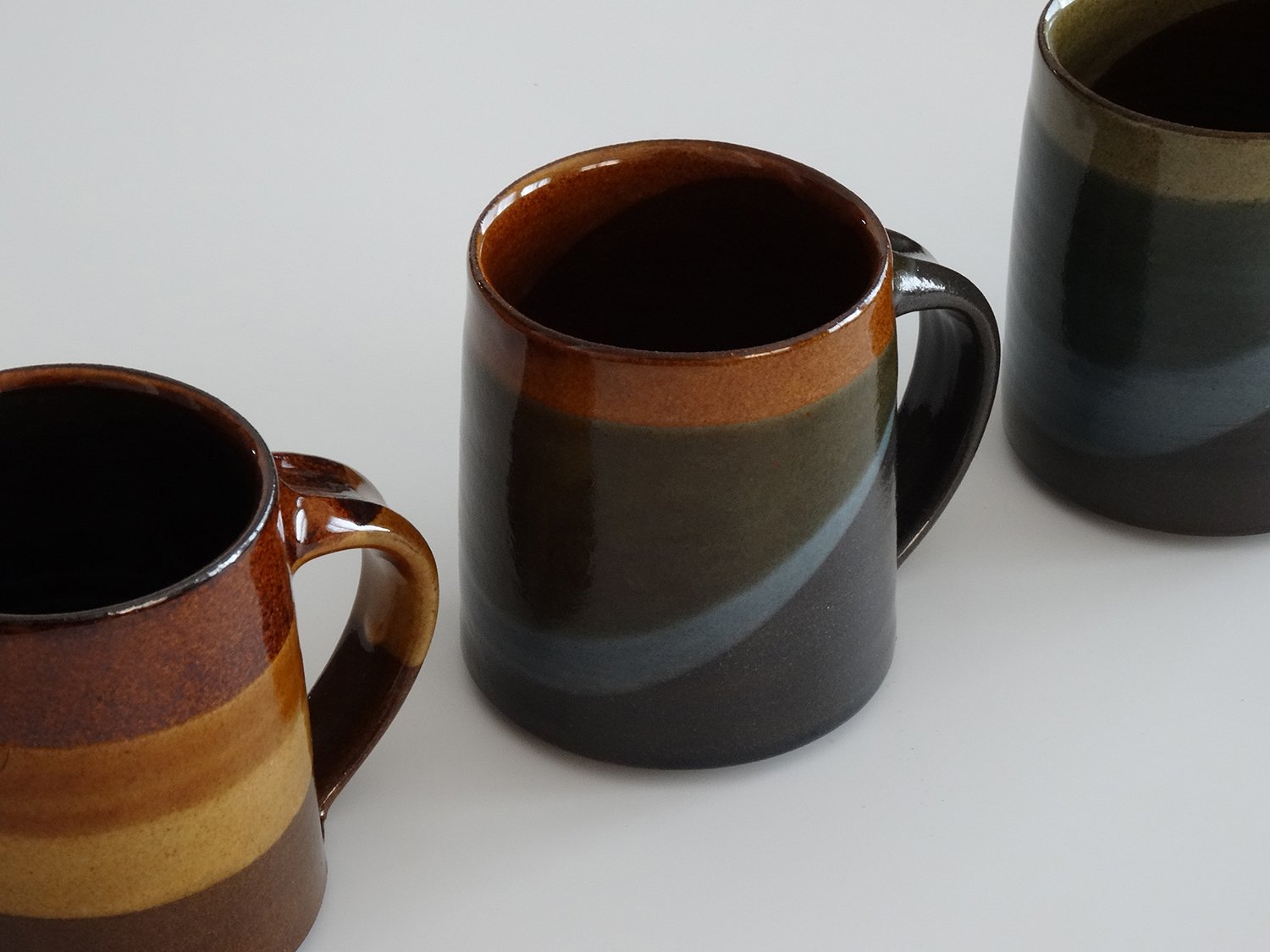Gilan Sagawa: A Kasama rising star
Gilan’s studio in Mito City (the capital of Ibaraki Prefecture and a nearby neighbour of Kasama), is packed with the paraphernalia necessary for his ceramic work. A wonderfully artistic jumble of objects, utensils, appliances, and ideas fill the small space. Watching Gilan work with clay is both calming and mesmerising: he is imaginative, methodical, and diligent. With an approach that is bold and careful, his ceramics are deceptively simple, decorative, and colourful.
Born in 1991 in Ichihara City, Chiba Prefecture, Gilan is part of Kasama’s burgeoning pottery scene and one of its rising stars. Gilan has had a creative flair from a young age, finding pleasure in making things and in contemporary dance. He started dancing in high school and when he was twenty years old, Gilan moved to Los Angeles to study dance. Returning to Japan, in 2016 he completed a ceramics course at the Kasama College of Ceramic Art. The college has a particular focus on the next generation of potters, working with students to develop technical capacity, artistry, and production quality. That same year, Gilan became an independent artist.
Gilan’s interest in pottery stems from his mother—she was a potter and his original motivation was to help her. Gilan attended the Kasama College of Ceramic Art in order to ‘learn the basics’, and he was captivated. He explains: ‘As I learned more about pottery, I discovered the pleasure of making. I now make my own pieces.’ Today, Gilan’s body of work demonstrates his keen interest in geometric slipware and he is part of a modern movement for slipware pottery in Japan. As a trainee, Gilan discovered slipware’s possibilities while reading books on the subject. At first he would finger-paint directly on to pieces. Later, he used nagashigake (dip glazing) and hakeme (brushwork). Slipware offers a range of patterns and Gilan was especially interested in working with a herringbone pattern (yabane). With research (in books and on YouTube) and practice, he found his own unique style. It was a method that Gilan felt was naturally suited to his artistic tendencies.
To make his objects and vessels, Gilan starts with a blend of Kasama clay. Each piece is covered with engobe (a white slip), and the pattern is then applied using icchin (a mixture of Kasama clay and mud). To work with slip, the potter needs a steady hand and a sense of control. Gilan adjusts the slip’s consistency by adding water or water glass (sodium silicate), allowing him to make the pattern as smoothly as possible. With great dexterity, he then uses a pine needle on the slip to create a design. After slowly drying, Gilan fires his work for fifteen hours in an electric kiln, at a firing temperature of 1240°C.
Gilan’s contemporary ceramics are inspired by mid-century modern graffiti-style art and geometric patterns. His fresh approach is a testament to his creative manipulation of Kasama clay. ‘I am trying to expand what I can do with Kasama clay and decorative clay,’ explains Gilan, ‘as well as what I can do with slipware.’ Its an approach that has won him a fan base among Tokyo’s style-conscious urbanites—people who respect ceramic-making and its traditional attributes, but want a modern edge. Gilan’s work is also appreciated in both a European and UK context. He is mindful of factors that are important when making ceramics for these markets.
As well as mid-century modern inspiration, Gilan references Mr Go Sato, a traditional Kasama-ware artist, as an influence in his work. Sato taught Gilan when he was a trainee. ‘My work tends to catch the eye with its patterns,’ remarks Gilan. ‘But I also aim to make things that are comfortable to use, such as being easy to hold, pleasant to touch, and weighty. I’m learning the basic principles of making user-conscious products from Mr Go Sato. I think it’s very important to be aware of the user and their comfort when making everyday tableware.’ This awareness of the need to make products that are useful as well as aesthetically pleasing, can be clearly seen in Gilan’s ceramics. His colourful and practical striped plates and mugs are particularly eye-catching in their design.
One of the most distinct features of Kasama as a pottery region is its freestyle approach. With no specified colour or method, Kasama potters can make what they like. Using soil from Kasama is the only requisite for anyone calling themselves a Kasama potter. For Gilan, the ability to ‘freestyle’ may well have parallels with his study of dance. Watching him work with clay, he moves with skill and graceful fluidity. As a flourishing potter, it is clear that Gilan is contributing much to Kasama and the region’s growth as a destination for ceramics.
